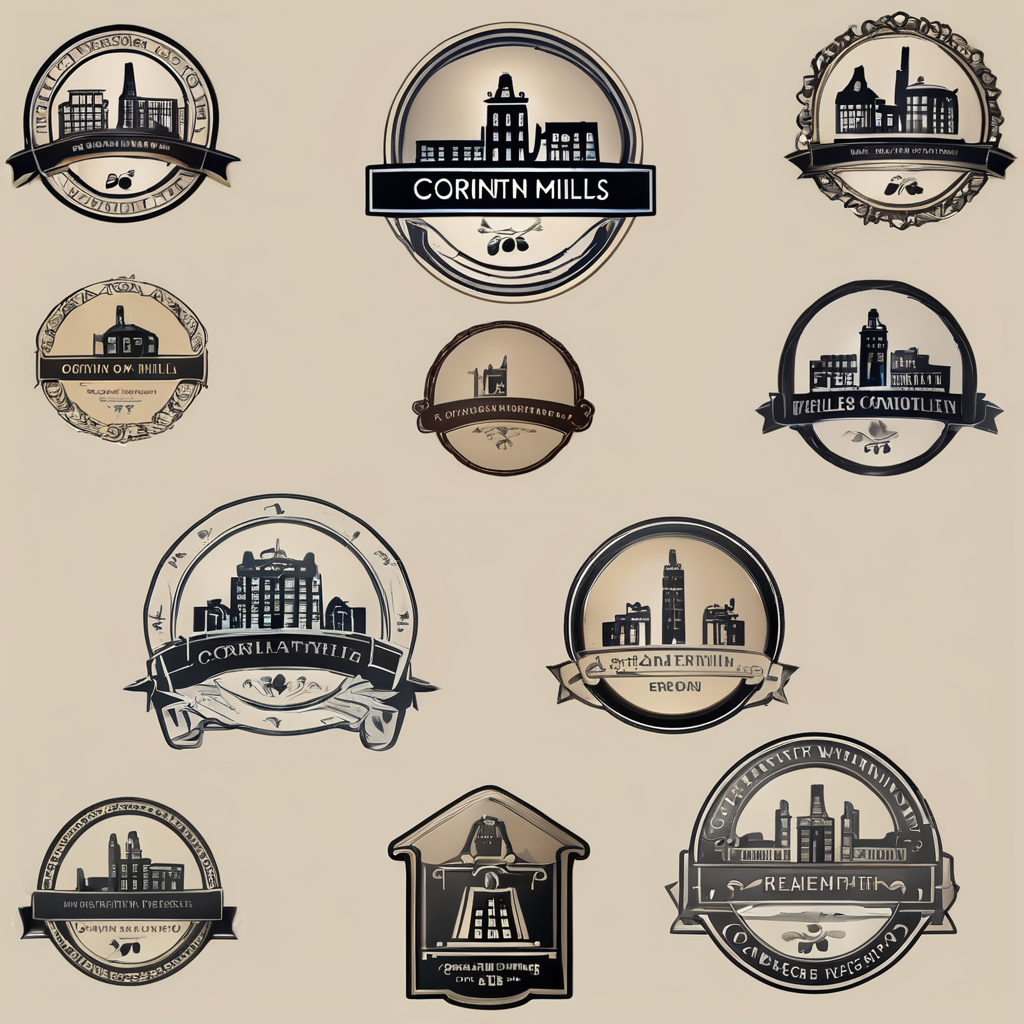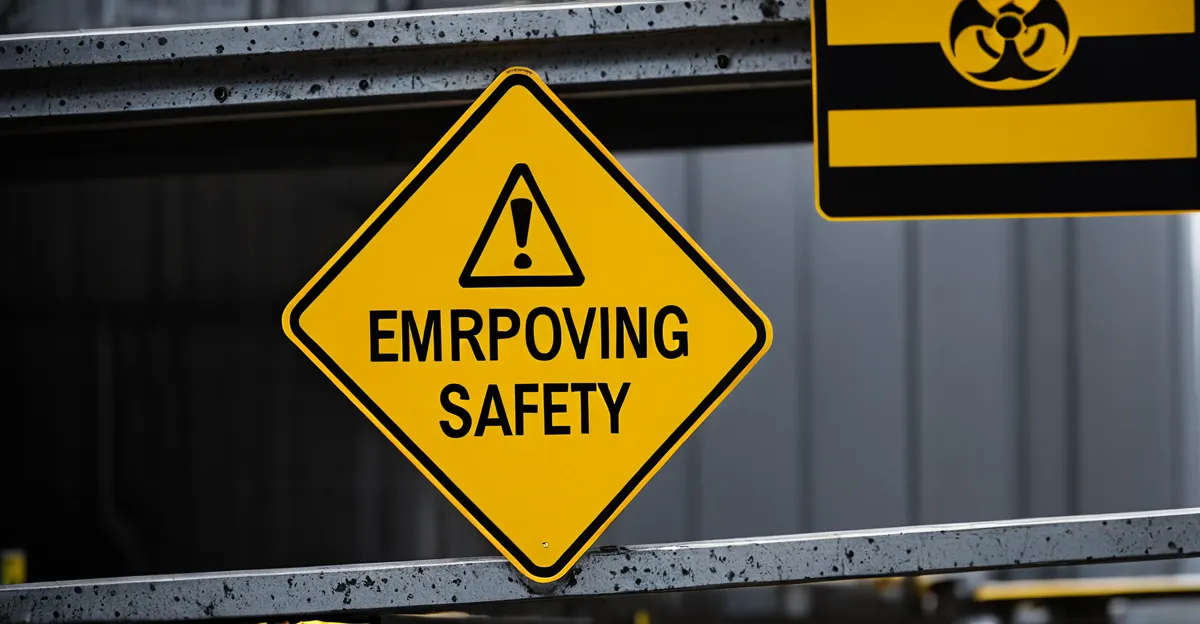Interactive hazard signs transform traditional safety warnings into dynamic tools that actively engage workers. By integrating clear pictograms with real-time information, these signs address the evolving risks in modern workplaces, especially in emerging industries. Their ability to convey multiple hazards simultaneously helps reduce accidents and ensures compliance with safety regulations, making them a vital component in protecting employees and environments.
Meeting Evolving Safety Needs: Essential Hazard Signs for Emerging Industries
Modern Hazard Signs for a New Era
Within the ever-changing landscape of emerging industries, interactive hazard signs in Industry 4.0 reflect a shift from static warnings toward dynamic, data-driven awareness. These innovations respond instantly to changing risks and help set the pace for workplace safety signs that meet complex needs. The primary function remains unchanged: alerting workers and visitors to real-time hazards. However, with new industrial processes and unique materials in play, hazard sign standards for innovation hubs and updates in manufacturing hazard warnings ensure that the signs not only comply with regulations but also adapt to modern risks.
Topic to read : How are UK businesses navigating the complexities of global trade?
Evolving Regulatory Landscape
Compliance with safety sign regulations has never been more nuanced. Legal standards such as OSHA in the United States and HSE in the UK dictate strict rules around sign design, color coding, and pictogram clarity. BE EN ISO 7010 enforces global consistency—red for dangers, blue for mandatory actions, green for safety. As new technologies develop, regulatory bodies update guidance, demanding the rapid adoption of new symbols or hazard categories in settings like biotech, renewable energy, or digital manufacturing.
The Role of Symbolism and Clarity
Industrial hazard symbol meanings must be immediately understood, transcending language and workplace cultures. Symbols such as exploding bombs, flames, gas cylinders, and dead trees remain pivotal, but new industry risk warnings call for expanding this visual vocabulary. As sectors like nanotechnology and advanced robotics emerge, prompted updates ensure that signage continues to fend off confusion and reduce workplace accidents—no matter how novel the threat.
Also to read : What are the emerging opportunities for UK startups this year?
Next-Generation Solutions
Adapting safety signs for emerging sectors now often involves digitally connected displays and real-time alerts. These upgrades reduce cognitive overload by displaying only the most pertinent risk information, sharpening employee focus and enhancing overall safety. Recognizing these industry shifts, regulatory authorities now encourage integrating smart signage and regular employee hazard communication training for optimal risk prevention.
Core Hazard Symbol Meanings and Standards for New Industry Environments
Universal hazard pictograms: meanings, categories, and design standards
Industrial hazard symbol meanings are rooted in clear design standards: bold pictograms, red and white color schemes, and precise categories communicate immediate risks. These standardized signs—mandated for workplace safety by both local law and global frameworks—ensure the same symbol carries the same warning, whether it’s for chemical hazard identification in new plants or hazard labeling in 3D printing facilities. Such clarity is vital as industries evolve into new manufacturing methods, keeping hazard awareness top of mind and mistakes to a minimum. Symbols must remain legible, with strict attention to consistent sizing and shape.
Unique risks and signage needs introduced by emerging materials and manufacturing methods
Emerging sectors, such as advanced composites and additive manufacturing, introduce hazards unfamiliar to traditional industries. Hazard awareness in new manufacturing methods means adapting existing signage to address new risks—like nanoparticle exposure or complex chemical mixtures. New symbols and detailed labels enable workers to recognize and react quickly to less familiar threats. In 2025, manufacturers scrutinize their signaling to match rapid industry transformation.
Colour coding, pictogram legibility, and multi-hazard labeling for clarity in complex workplaces
Safety sign color coding in emerging sectors supports instant recognition: red for fire and immediate dangers, yellow for caution, blue for mandatory actions, and green for safe conditions or emergency routes. For sectors like 3D printing, where hazards can be multi-faceted, multiple labels on one sign warn of combined risks. Clear, contrasting colors and simplified symbols boost visibility, supporting quick, accurate hazard recognition—key for safe, efficient industrial environments.
Digital and Interactive Hazard Signs: Leveraging Technology for Real-Time Safety
Integration of digital hazard communication within modern workplaces is reshaping safety standards. Using the SQuAD approach: IoT sensors embedded within hazard signs collect real-time environmental data which, when processed by connected systems, immediately trigger visual alerts. This immediate dissemination is accomplished using digital screens for hazard alerts, enhancing visibility and responsiveness. These systems enable real-time hazard sign updates, reacting instantly to changing workplace environments—such as shifts in gas concentrations or rising temperatures.
The backbone lies in pairing hardware—robust digital signage capable of withstanding industrial hazards—with seamless infrastructure. Integration of hazard signs with IoT is essential; connectivity through Wi-Fi or secure industrial protocols guarantees that data flows from sensors directly to workers. Infrastructure must support automated industry hazard notifications that don’t fail under pressure. Rugged displays—like LED or low-power e-ink screens—ensure both alert longevity and durability in harsh environments.
AI-driven hazard detection signage adds predictive capability. Using data analytics, these systems forecast potential risks, issuing warnings before accidents occur. Proactive predictive hazard signage tech not only increases alert relevance but also fits easily into broader Industry 4.0 risk management frameworks, plugging into MES and safety platforms with minimal disruption.
Designing and Implementing Effective Hazard Signage in Modern Workplaces
Tailoring Signage for New Industry Sectors
Signage in industries like lab, biotech, tech, and renewable energy must move beyond generic warnings. Custom hazard signage solutions are vital where new material hazard symbols and biohazard signs in emerging labs are required. Hazard sign standards for innovation hubs frequently mandate best practices for hazard sign placement and clear visual hazard alerts in tech industries. Each sign should reflect the evolving risks of novel materials or processes by incorporating industry-specific icons, digital hazard communication elements, and multilingual hazard signs usage.
Strategies for Sign Placement, Readability, and Minimising Visual Clutter
Placement of workplace safety signs demands focused adherence to best practices for hazard sign placement. Busy workspaces, such as manufacturing hazard warnings updates in electric vehicle plants or signage for nanotechnology hazards, benefit from signs with high contrast, regulated sizes, and simple symbols. Managing visual clutter is key—too many signs or poorly positioned information can hinder hazard awareness in new manufacturing methods and decrease injury prevention with effective signage.
Incorporating Worker Feedback and Compliance Training
Worker feedback on hazard sign effectiveness guides continual signage improvement. Structured employee hazard communication training is essential for high hazard symbol recognition and compliance with safety sign regulations. Regularly evaluating new hazard signage standards, especially in on-site emergency signs for new industries, amplifies injury prevention with effective signage while helping workers adapt to rapid technological changes.



